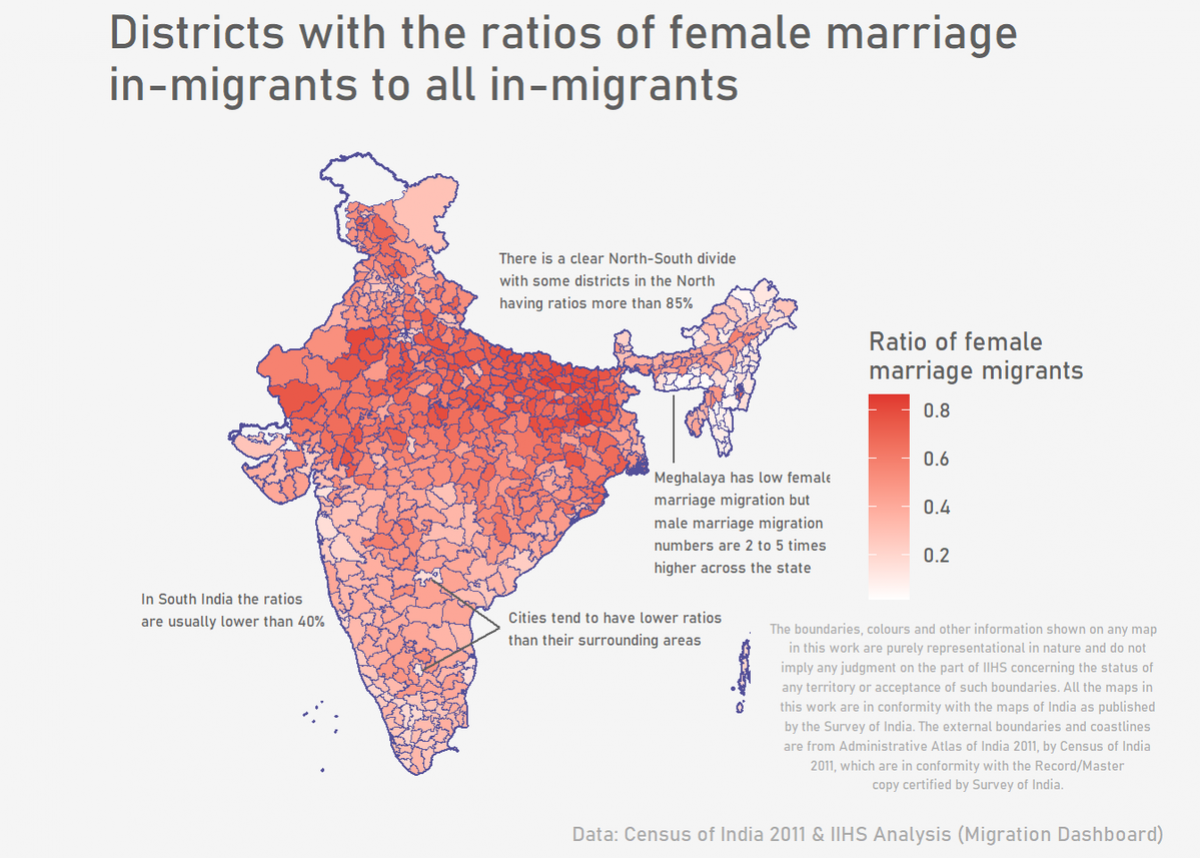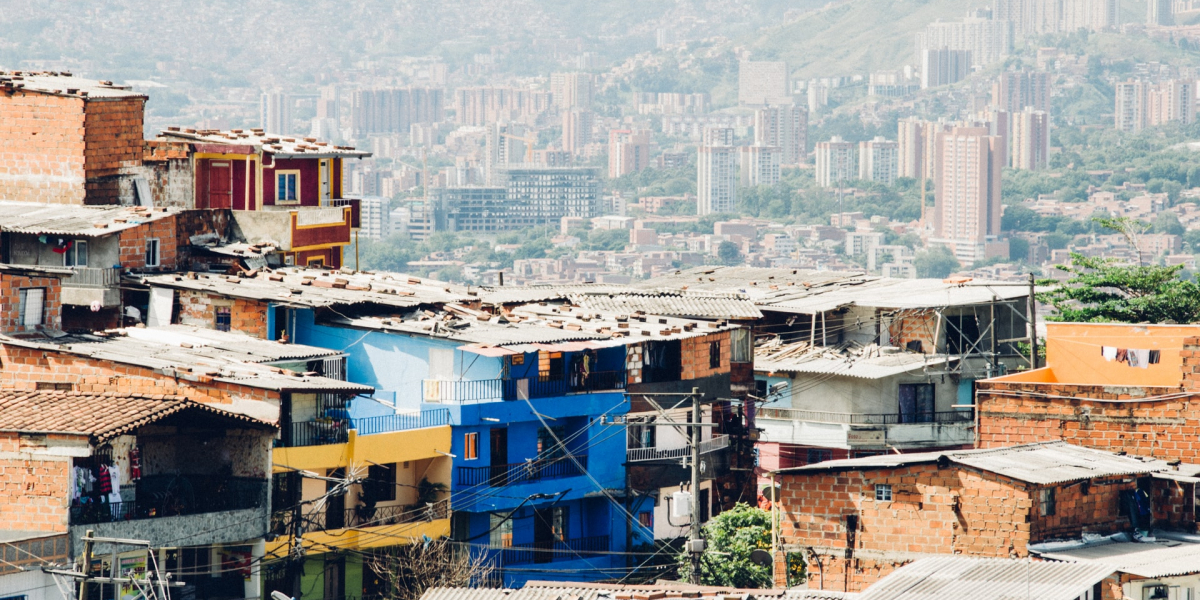
Viola Lewis of the Indian Institute of Human Settlements highlights recent research using data and open-source tools to unpack and address India’s urban challenges.

Reducing inequality is a key goal of sustainable growth. Yet despite the many efforts to do so, it’s an indicator easily affected by negative shocks, like a global pandemic. Thus, in developing countries, overcoming inequality can often be an even more challenging task.
One of the greatest attempts to reduce social inequalities in the global South comes from Colombia. About 30 years ago, Colombia’s central government chose to stratify the population in order to provide utilities through subsidies.
The stratification system identifies different populations’ payment capacities based on their houses’ exterior physical characteristics and the conditions of their immediate surrounding areas. High-income households are charged a higher rate to subsidize utility rates for low-income households. The system not only tries tackling inequality by securing basic utilities for everyone, but also it aims to ensure a tax-progressive system. By the time of its implementation, the system was novel and cutting edge; at that moment, and on paper, Colombia was a worthy example of progressive social policy intervention.
Now, 30 years later, stratification has had a backwards effect. Through our research, our assessments of the stratification found a substantial mismatch between households' payment capacities and their stratification classification, which created an excessive inclusion of possible taxpayers into the group of beneficiaries. In other words, there were many more households classified as vulnerable, making them subject to receiving a subsidy, even though they had the capacity to pay the full rate for utilities.
The straightforward consequence of this was a wrong allocation of resources. In addition, in terms of local governments’ financial status, the incorrect identification of taxpayers into the group of beneficiaries caused cities to reach the maximum allowed percentages to subsidize each stratification category, jeopardizing their financial stability. This means expenditures surpassed collected resources to fund the system, creating a financial unbalance. Among other unexpected consequences, the system has strongly influenced the emergence and persistence of spatial segregation. While all cities worldwide undergo a development process where people cluster based on socioeconomic features, we observed the system distorted motives and incentives for housing location decisions; for instance, people opt to live in lower stratified households for the higher subsidies of utilities, rendering entire neighborhoods and city fringes clustered and segregated.
But learning what went wrong here can ensure policymakers in similar scenarios don’t repeat the same mistakes in the future. Assuming countries of the global South aim for socially desired goals such as reduction of inequality, lower spatial segregation, and long-term sustainability, the stratification system—and what happened to it—provides us with key lessons to strengthen policy interventions in the future.
In our research, here are the four central challenges that arose:
The system that exists is unable to accurately classify households’ payment capacities over time, which harms its financial stability. The stratification was not designed to adapt to a changing economic environment, which is reflected in the high percentage of wrongly identified beneficiaries. This outcome applies not only in times of positive economic growth but also times of negative, such as the post- COVID-19 era, when limited government resources must be dedicated to people who need them the most. If governments can focus on payment capacity utilizing the information from tax records, the identification process can keep up.
We also observed that the stratification effects on cities are very asymmetrical in several ways. Larger cities experience faster growth and socioeconomic improvement than smaller cities. Thus, a significant misidentification of beneficiaries is more likely to occur in larger cities. Additionally, larger cities have better knowledge endowments and logistical capacities than smaller cities, and yet they are still not able to match the speed of adaptability to the rate of their economic development. Their institutional framework, designed to correct inclusion errors, can serve as a measure of the even greater challenges experienced in smaller cities due to their different governmental and organizational scales. Governments can take advantage of the existence of a large amount of data from administrative records and the computational capacity to process them.
For national policies like stratification, cities have limited capacity to modify the law that regulates it. The interplays between the political and technical perspectives, as well as the tension between central government and local municipalities, calls for a greater discussion to consider any redistribution system that is more adaptable to local needs, rather than a universal technical instrument to solve inequities exclusively through subsidies.
The credibility of stratification has caused local governments to use the system to target social spending in other policy fields, such as housing, education, and health, even though strata categories do not accurately reflect the population’s payment capacities. Therefore it magnifies errors and tax-regressivity, likely widening inequality. The system’s use has surpassed the scope that it was designed for; going forward, governments should explicitly indicate the scope of the scheme preventing its use for a different purpose.
The discussion of policies on utilities provision fits into the larger debate on comprehensive strategies designed to tackle higher levels of inequality in developing countries. Although subsidies for utilities, such as water and electricity, are commonly utilized worldwide to improve quality of life and reduce poverty, experience shows that the implementation of those measures is difficult and can lead to unintended negative policy consequences. The Colombian case provides us with a telling case study.
There is no single scheme that can better operationalize the concept of payment capacity. However, some proposed schemes are better than others in achieving this goal, and we need to learn from those cases. Currently, efforts in Colombia are focused on implementing a new scheme with an expected better performance through more accurate identification of vulnerable populations. Compared to stratification, the new scheme uses more dimensions to identify beneficiary populations; it takes advantage of the large administrative records of the census for low-income households; and it aims to put individuals/households’ characteristics in the center of the classification instead of the houses’ external features.
Colombia has the second-highest level of inequality in the Latin America region, substantially higher than the region’s average and much higher than the 2018 OECD average. There is a consensus that stratification has its limitations, and must be improved. And in a post-COVID world, where inequalities were shown to be life or death on a global scale, enacting policies that better address these gaps should be a top priority everywhere.